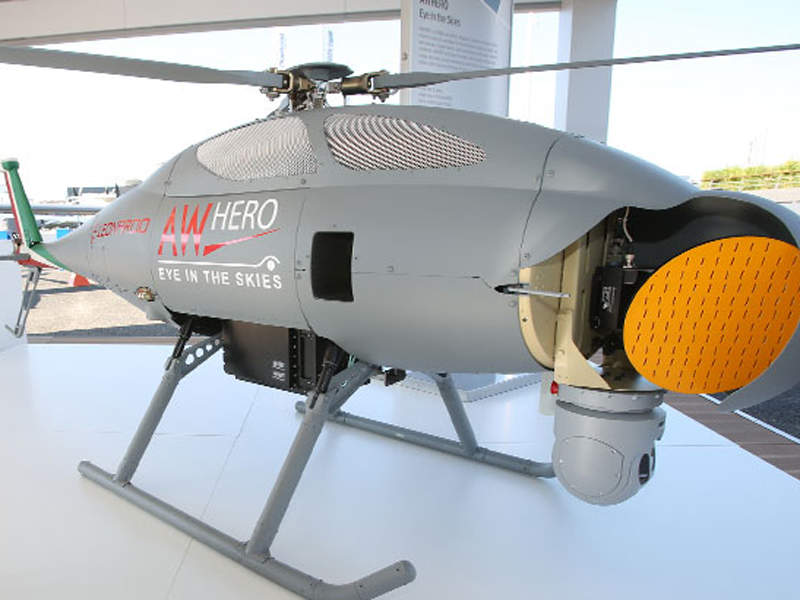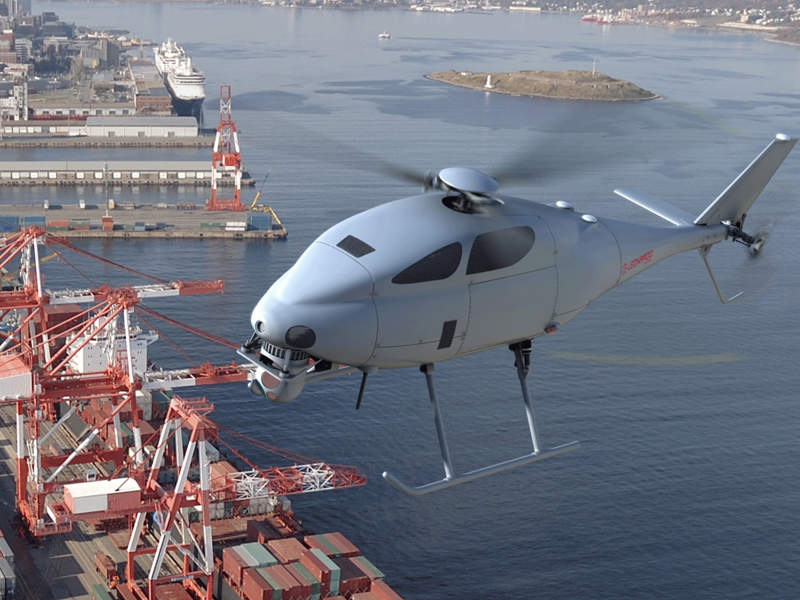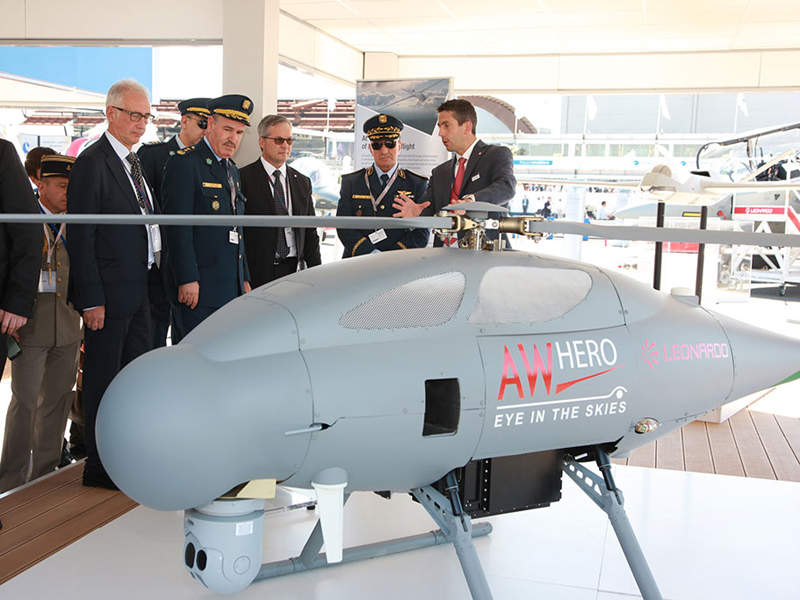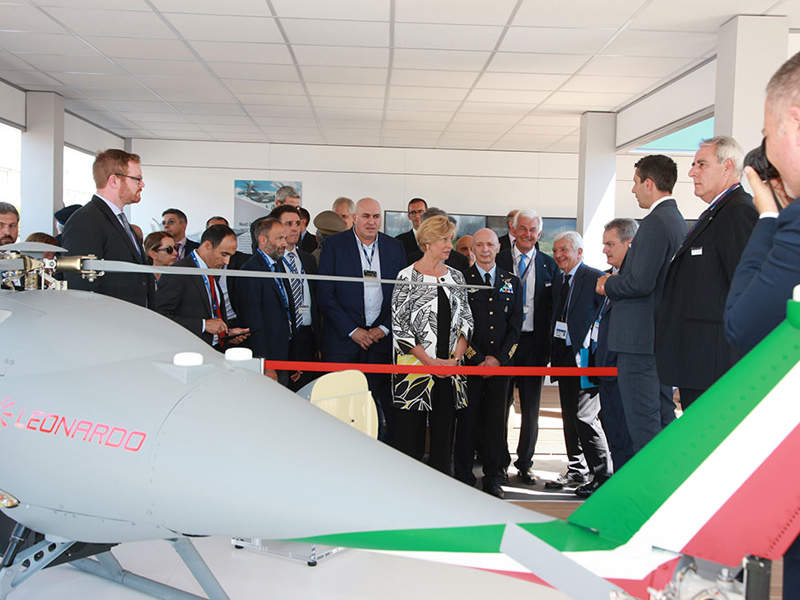AWHERO is a new-generation, short-range, rotary-wing unmanned aerial vehicle (RUAV) developed by Leonardo for both military and civilian applications.
The unmanned helicopter is well-suited to both land and maritime operations, including intelligence, surveillance, target acquisition and reconnaissance (ISTAR), anti-submarine warfare (ASW), and combat support. It is also suitable for cargo re-supply, mine countermeasures, counter-piracy, riot control, migration control, route clearance, force protection and beyond line-of-sight (BLOS) communications relay.
The RUAV is being offered for the OCEAN2020 European Defence Fund initiative, which is aimed at improving Europe’s defence capabilities.
The prototypes of AWHERO are being built at Leonardo’s Sistemi Dinamici plant in Pisa, Italy, while the first demonstration flight is scheduled for 2019.
Leonardo, in collaboration with Australian firm Air Affairs Australia, presented the AWHERO helicopter to the Royal Australian Navy in March 2018.
AWHERO RUAV design and features
The AWHERO unmanned rotorcraft is designed to international aeronautical standards. It is 3.7m long, 1.2m high and 1.05m wide, with a folded rotor. The system can be stowed in a 20ft container and transported by air, land and sea platforms.
The empty and maximum take-off weights of the air vehicle are 120kg and 205kg, respectively. Up to 85kg of useful load, including payloads and fuel, can be carried on board the UAS.
The helicopter features a three-blade main rotor and skid-type landing gear, mounted on the fuselage. The landing gear allows the vehicle to safely perform take-off and landing from difficult terrains or maritime vessels.
The UAV incorporates a number of advanced features, including triple-redundant flight control and navigation system, independent flight termination system, dual-redundant electrical system, automatic failure management, global positioning system (GPS), and automatic take-off and landing capability.
The vehicle’s maritime capabilities include automatic and semi-automatic deck take-off and landing, as well as easy deck handling.
The UAV is interoperable with the existing end-user networks.
Payloads and communications
The remotely piloted helicopter accommodates two modular mission payload bays, one mounted in the nose to carry lightweight sensors and the other hinged to the bottom or side of the fuselage for heavier payloads.
The nose payload bay houses a 10in electro-optical and infrared (EO / IR) turret to identify, locate and track land and sea-based objects as well as capture high-definition imagery and video.
The payload options include identification friend or foe (IFF), maritime radar, synthetic aperture radar (SAR), LiDAR detection system, automatic identification system (AIS), loudspeaker, storage dispenser, electronic support measures (ESM), distress sensor and advanced communication systems.
The sensor data is transmitted to the ground station using a digital video broadcasting (DVB) based payload data link with a global positioning system (GPS) based auto-tracking capability. The data link has the ability to transmit up to two full high-definition videos over a range of 100nmi.
Ground control station
The AWHERO aerial system’s command and control station comprises a portable rugged laptop and common interface, which allows the operator to control multiple air vehicles.
The operator sends command and control functions to the air vehicle through a secure encrypted transmission (AES-256) data link over 100nmi.
Engine and performance of AWHERO UAS
Powered by a heavy fuel engine burning JP-5, JP-8, Jet A-1 fuels, the AWHERO unmanned helicopter can fly at a maximum cruise speed of 90k. The UAS can reach altitudes of 10,000ft and endure for up to six hours with a payload weight of 35kg.
The rotary UAV has the ability to operate in rough terrain and difficult environmental conditions when deployed in land operations, while it can withstand adverse weather conditions and sea states in naval missions.











